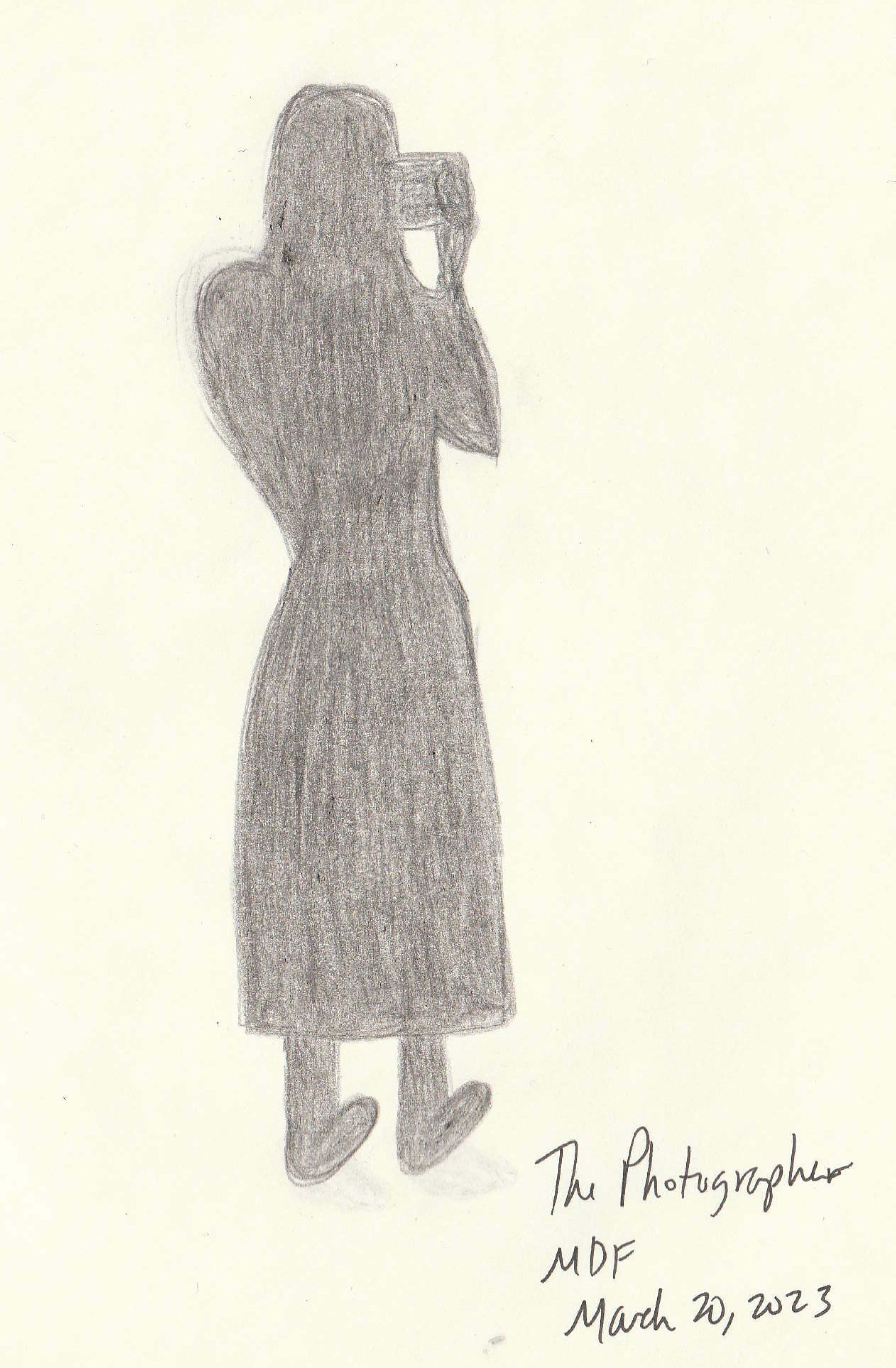“Home Phone”
You probably remember the first phones in your life, too.
My grandma had a black lacquer rotary telephone on her desk in her living room for the first 23 years of my life. It was a beauty. The sound and the little spin, as one disk moved back and then surged forward before fitting back into place again whenever a number was called, were delights. This phone was short and shiny and, as my parents reminded me when I was nursery-school little, not a toy and not to be used unless an adult said it was okay and gave us a number to use. Otherwise, hands off.
My parents also had a rotary phone at home. It was wall-mounted in the kitchen. It was also tan, which is not nearly as glam as black lacquer. It made the same delightful sounds, though.
When I was in middle school, I got my own white and gray plastic phone for Christmas (heavy as a brick and with push buttons and a little antenna, so you knew it was fancy pants), but it was still on the home landline. Both phones rang when any incoming call arrived. I wouldn’t have my own line and number until college; my first cell phone a few years after that.
Whether you curled the rotary phone’s cord around your arm like a bracelet (its own sense memory that will never vanish) or used the push-button phone, there weren’t special plans or phone cards like today, so we were reminded repeatedly that unless it was a local number (read: free) we weren’t to dillydally. We didn’t spend a ton of time on the phone, anyway, because all a phone did was make voice calls then.
This morning, when my cell-phone rang (unrecognized number, no pick-up), I decided to draw from memory Grandma’s beautiful rotary phone. I surprised myself by forgetting that, unlike a clock dial, there wasn’t an 11 or a 12 (duh; I’m not sure why my brain thought that), but I’d already inked it in that way, so I turned to a fresh page.
Then, while penciling in the numerals a second time, I flashed back to the alphabet above some of the numbers. That’s right! I found some great reference shots online (I should have started there—you live, you learn), and drawing #2 was off and running!
Some surprising things I relearned:
*They literally wrote Operator alongside the O on the dial. No subtlety here.
*There was that little metallic clicky thing (like a game-show wheel spinner) on the bottom-right-hand side of the dial.
*Drawing even circles is unexpectedly, legitimately hard. I pencil drew and redrew the three circles involved in the rotary at least twelve times. Ironically, I almost bought a compass last week.
* There was no Q on the rotary dial. None! I triple checked that on a half-dozen phone photos online. (Yes, I used a phone to find photos of phones. I am just that meta. 😊) Why no Q? The Q gets no love. Sorry, dear Q. You have a buddy, though: Z wasn’t there either. Wild! All of my formative years I used phones without these consonants and never once gave it a thought. While there are plenty of online theories about these omissions, my favorite one says that Q and Z were left behind because they resembled 0 and 2 too much. Hmmm, not so much, but an interesting theory, right?
*Memory put the numerals starting at the top and running right to left, like a clock, but the zero was on the bottom right-hand and the numerals ran down the left-hand side.
Some things, though, you never forget:
*Getting your first calls where someone specifically asked for you. A sibling or parent had to put down the receiver and walk into another room to get you (often hollering down hallways or running outside so that the other person got to hear a banging screen door and more yelling while waiting), sometimes knowing but more often not knowing who was on the other end of the line. Much shuffling and nervous hem-hawing ensued for both parties.
*Everyone overhearing your one-sided conversations, so you kept them a bit circumspect: “No way. When? Where? I’ll ask. No, I can’t. Next week? Maybe. I’ll see. He said what? She did what? Who said?”
*The sound of my grandmother’s warm tone on the other end of the line that I haven’t heard since 2000.
*The pleasing heft of the receiver.
*The satisfying little clunk hanging up. Much as I love my cell phone, especially after upgrading to a smart phone that has an app for everything under the sun, pressing the little red button does not give the same emotional zest as a rotary gave. You could guess a roommate’s, sibling’s, or friend’s mood by the way they either gently or frustratingly returned the receiver to the cradle.
In case you ever wondered: yes, you can still buy a rotary phone. In just about any color you’d prefer, from olive green to lemon yellow to vibrant orange. People sell both authentic ones and brand-new replicas online. While the era of the home phone has gone the way of the dodo, these beautiful objects—whether used for their original purpose or as cool time capsules for a shelf—are fairly affordable. Many that I saw were in the $40-70 range (but some go over $200 for the more-coveted colors, like red and bubblegum pink).
I wonder if my nieces, who are growing up always knowing a cell phone, will want one once they are on their own in a few years. I kind of hope so; I’d probably even gift them one for the fun of it. I’d like to call them and have them hear my voice in the same way I used to hear the voices of my relatives and friends. Through an object that only did one thing, but gave many layers of meaning and feeling.


